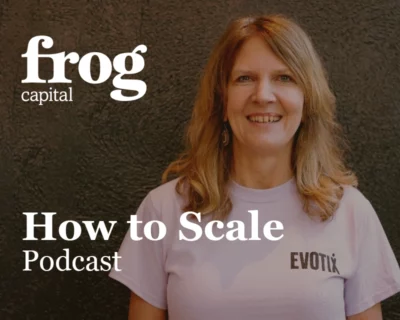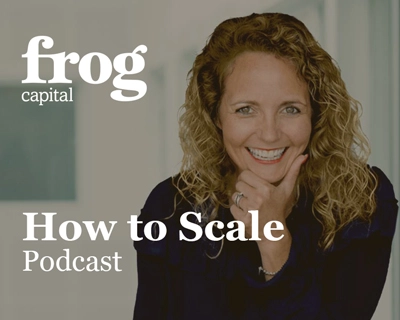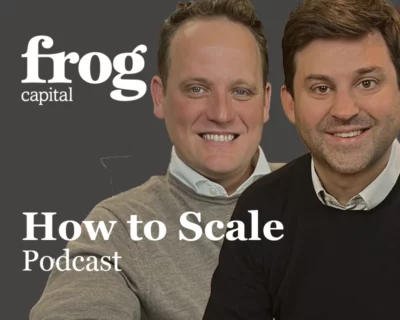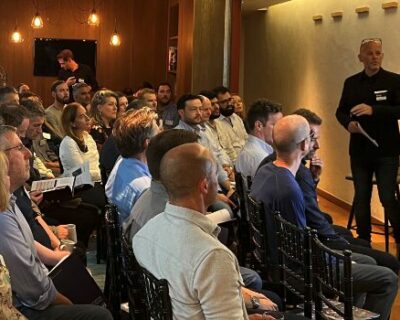In Part 1, we looked at the value of conducting a strategy deep-dive in the form of an Awayday or similar. In part 2 of the blog series, we will be looking into how to get the best out of a Strategy Awayday.
Stating the obvious, if you’re going to do a Strategy Day, taking up so much of the senior team’s time, do it properly. Junk in, junk out. Or more likely, rushed analysis in, questionable decisions out. And you will undermine your credibility in the process.
The good news is that you don’t need expensive consultants. If you have a good team, you will know your market, your competition, your customers and your product better than anyone. So your challenge is to prepare well, ensure the day runs effectively, communicate to the rest of the team and, vitally, ensure that you drive regular and firm follow-ups.


First of all, be clear on what your big, strategic goals are. Which war are you looking to win? Ultimately, what does success look like? For scale-up tech companies, it is likely to be exit. When are you looking to exit/IPO and for how much? What do you want to be renowned for and does this underpin a planned successful exit event? And which financial metrics do you need to underpin your targeted valuation?
As a scale-up, it may be strangely tough to get answers out of your investors about when they want to exit and for how much. VCs are surprisingly shy of being seen as exit-focused. As much as possible is not a helpful answer. If you’ve taken on venture capital, all your investors will have internal goals & constraints that they should put on the table, even those claiming to be long-term investors. Worst case, propose a level and timing that you believe is stretching but realistic.
With clarity on, say, a $250m exit in 4 years’ time, you and your team need to get down to understanding how acquirers value businesses in your sector, and therefore what financial goals you need to hit to justify $250m. Speak to bankers, M&A executives in your space and CEOs who have already sold their companies. Build and continue to draw on a trusted network to ensure your assumptions are robust.
Clearly top-down aspirations also need to match with bottom-up reality. Now, this is where the prep work is key. With the big goals clear, you and your team need to get truly useful data in the following areas to ensure a solid strategic debate on the day. It’s invariably easy to quote Gartner and say the market is 20B and give yourself a false sense of comfort.
Do the hard work, and assess in detail exact customer profiles, geographical locations and the right time frames to attack the market. Consider your competition in each geography and decide on a realistic share that you can achieve. Markets that you consider could be ones that you are already in, and also new ones you could realistically enter in a timeframe that is within the high-level goals of the company.
Another thing to consider is existing activities:
• How big are your current market areas?
• How much revenue & margin can you deliver from these areas?
• Is your product good enough to win the share you need?
• Are your assumptions around pricing, sales & delivery costs correct?
• What are your key areas of strength and how can you accentuate these?
• What are your key threats and weaknesses and how can you neutralise these?
Then you need to look at expansion activities. Assuming revenue from these existing markets or product areas will not get you to your financial goals, you need to select several new areas to analyse that will fuel a robust Strategy Day debate:
• What big problems do your customers have that you could, theoretically, solve?
• How close are you to a solution, and would this solution have strong enough benefits to convert them?
• What can you demonstrate now, and what is the risk of delivery?
• What value/price is justifiable and what is the evidence that this customer is willing to pay what you need?
Focus on areas of contention. There’s no point having a Strategy Day where everyone is vehemently agreeing with each other.
So with solid data around your options, you’re well placed. Now for the day itself. The easy option is to run the day yourself. Too easy! Don’t do it. A good, external facilitator, who has run effective strategy days before, will run a solid (read ‘better’) process, ensure that everyone is truly part of the debate and, most importantly, enable you to play a key part in the day. They will lift your game. This is a very important meeting. Spend extra to ensure you get the best outcome. At Frog, we have various facilitators we can recommend to fit your needs.
Now you’re all set for the day. To help you, there are a bewildering myriad of business tools and matrices claiming to clear the mist. Too many tools. In our final blog, we’ll take you through our recommended set that will see you through to a good result.











